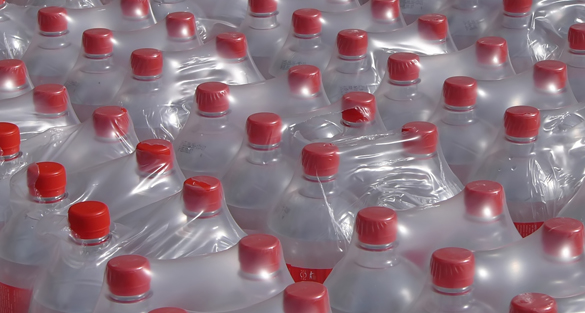No more making plastic from fossil fuels and creating huge amounts of carbon emissions. These new bugs eat CO2 and use it to make plastic themselves.
Today, the world consumes 120 million tons of the chemical ethylene to make the world’s most widely used plastics. Almost all of that ethylene is derived from fossil fuels. Between 1.5 to 3 tons of carbon dioxide is released for every ton of ethylene produced, which is why plastic has such an enormous carbon footprint. Now, researchers have inserted a gene into bacteria that turns it into one of the world’s most efficient factories for ethylene by eating carbon dioxide, instead of releasing it into the air.
The new cyanobacterium works in the opposite way of traditional plastic production: Its photosynthetic capabilities means it harnesses today’s photons from sunlight (as opposed to old photons stored in the energy of chemical bonds in petroleum) to add carbon from the air to ethylene molecules. This saves six tons of carbon dioxide emissions for every ton of ethylene created: Three tons are absorbed by bacteria and three are avoided from the usual fossil fuels, says the National Renewable Energy Laboratory.










